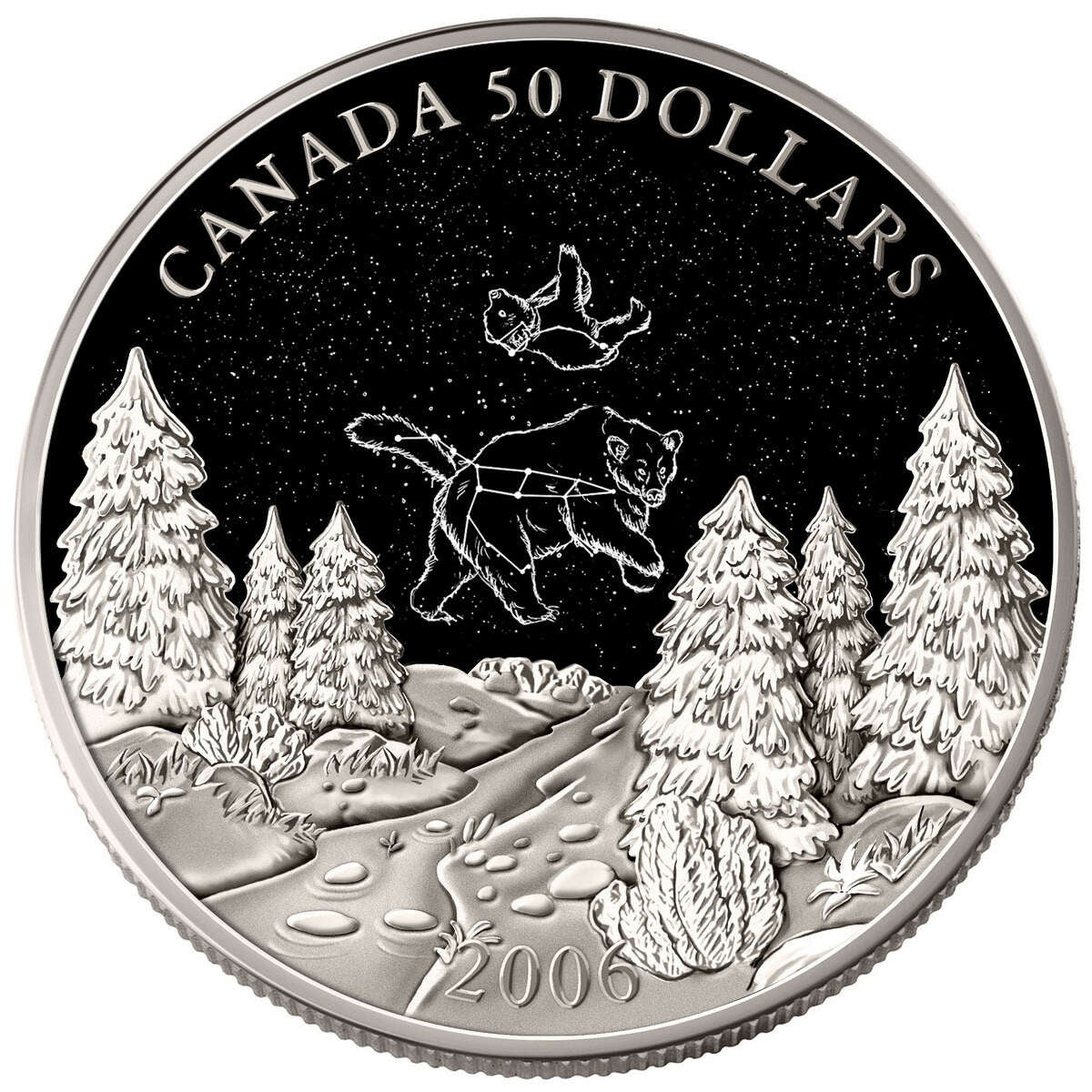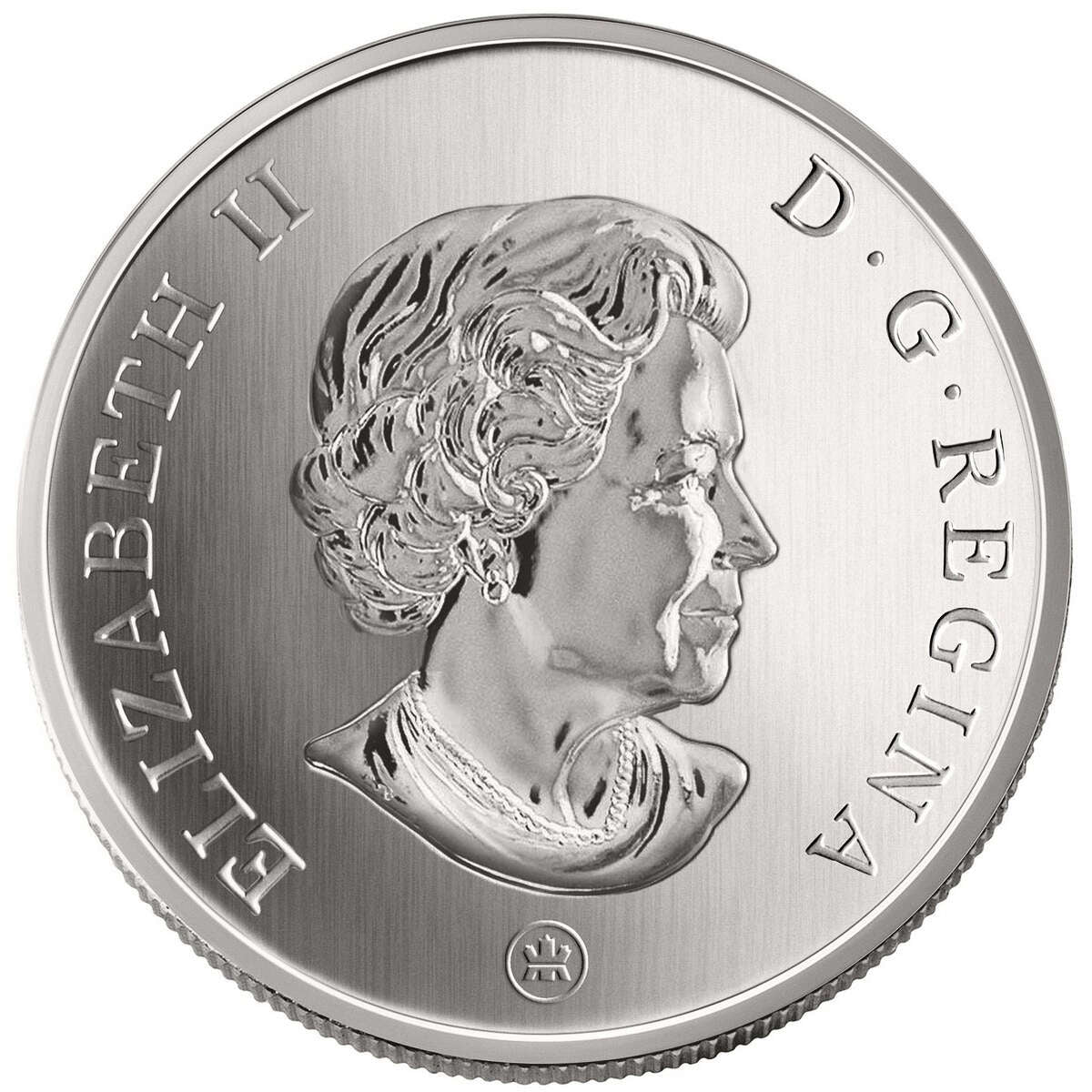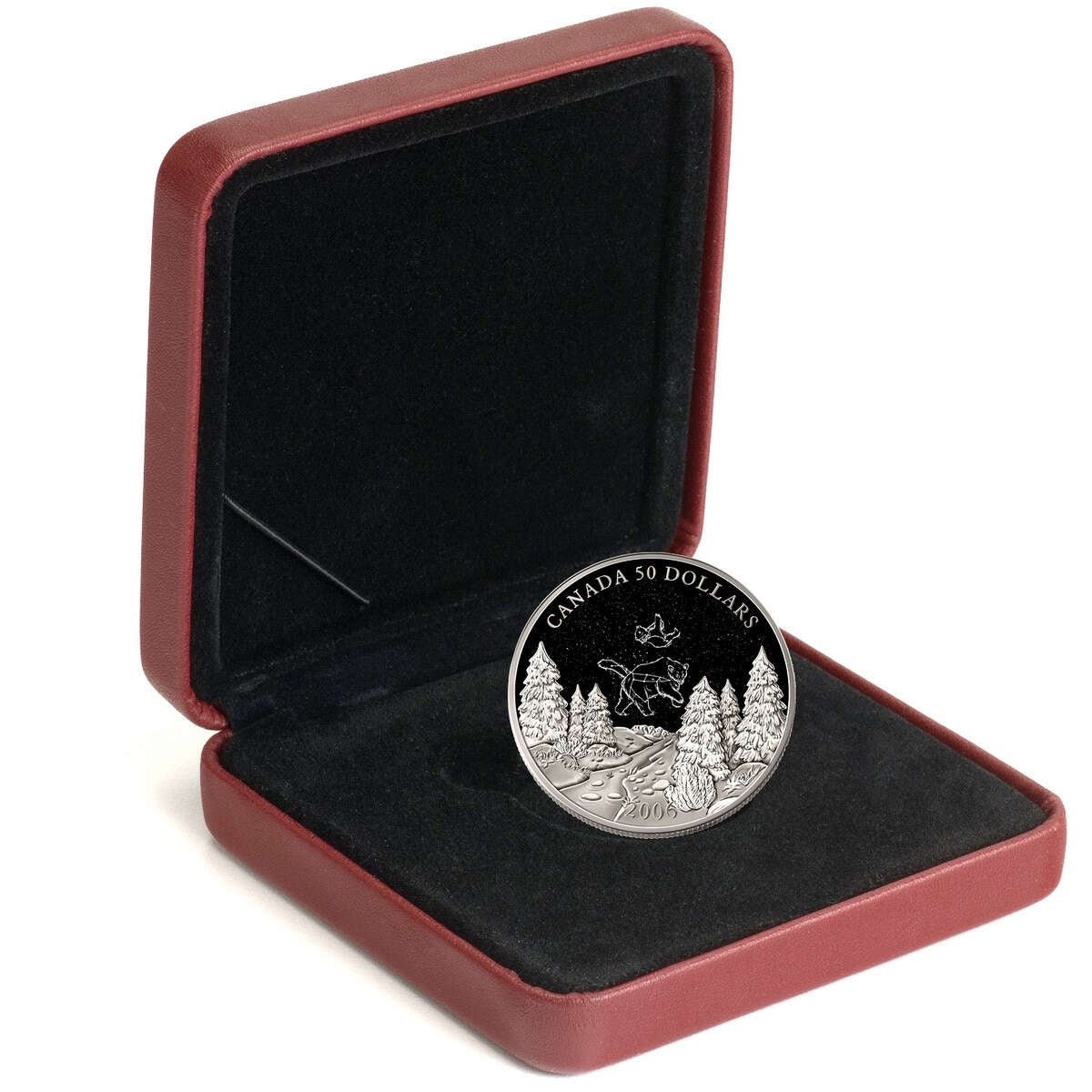Description
Big & Little Bear Constellations
Since time immemorial, stars have been a source of inspiration and legend for people throughout the world. In the Northern Hemisphere, early civilizations were mystified by two easily identifiable constellations that astronomers commonly refer to as Ursa Major and Ursa Minor. Ancient peoples believed these stars were wagons or plows, chariots or drinking gourds. Despite the fact that many of these cultures were oceans apart, a surprising number of them were sure they saw bears twinkling in the night sky.
Some say the ancient Greeks believed Big Bear (Ursa Major) was actually a beautiful nymph named Callisto, who was turned into a bear by Zeus to shield her from his jealous wife Hera. But one day, as Callisto's son Arcas was hunting in the woods, Callisto almost became his prey. Zeus, watching from above, acted quickly and turned Arcas into a bear also, and yanked them both up into the sky by their tails, causing the bears' tails to become stretched forever as they hang in the sky.
Since time immemorial, stars have been a source of inspiration and legend for people throughout the world. In the Northern Hemisphere, early civilizations were mystified by two easily identifiable constellations that astronomers commonly refer to as Ursa Major and Ursa Minor. Ancient peoples believed these stars were wagons or plows, chariots or drinking gourds. Despite the fact that many of these cultures were oceans apart, a surprising number of them were sure they saw bears twinkling in the night sky.
Some say the ancient Greeks believed Big Bear (Ursa Major) was actually a beautiful nymph named Callisto, who was turned into a bear by Zeus to shield her from his jealous wife Hera. But one day, as Callisto's son Arcas was hunting in the woods, Callisto almost became his prey. Zeus, watching from above, acted quickly and turned Arcas into a bear also, and yanked them both up into the sky by their tails, causing the bears' tails to become stretched forever as they hang in the sky.





